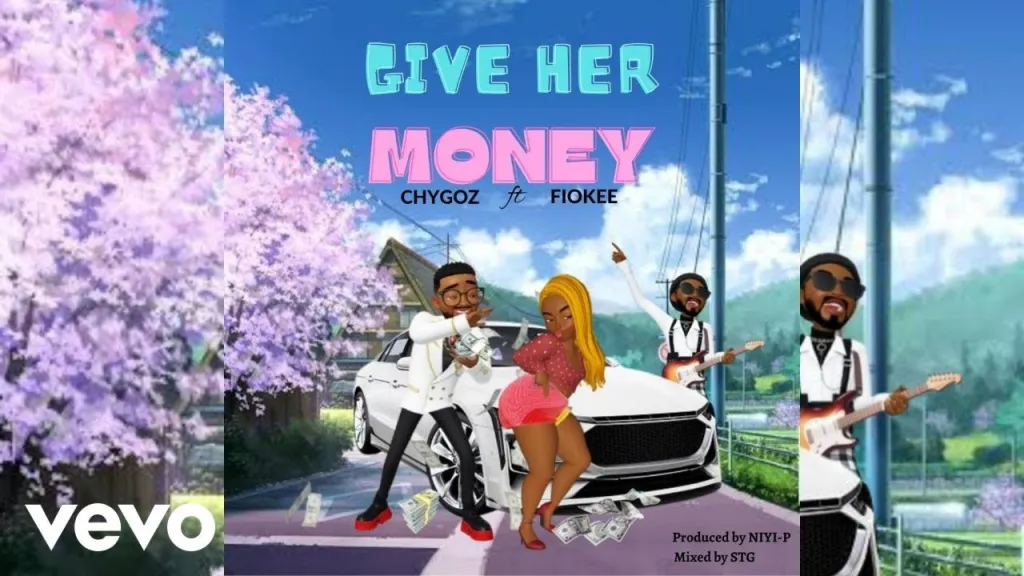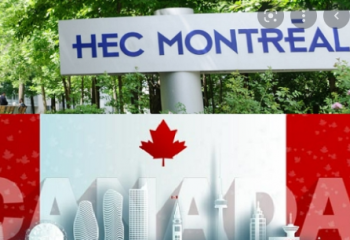
Bob Dylan’s lyrical prowess has captivated listeners for decades, and one of his most iconic songs, “Tangled Up in Blue,” is no exception. Released in 1975 as part of his album “Blood on the Tracks,” this timeless ballad weaves a narrative that has intrigued and puzzled fans for years. In this comprehensive exploration, we delve into the layers of meaning behind the song’s enigmatic lyrics.
“Tangled Up in Blue” Meaning
The Chronological Unraveling
Dylan’s storytelling in “Tangled Up in Blue” is notable for its non-linear structure. The song traces the journey of the narrator through various relationships and experiences, often blurring the lines between reality and fiction. As we navigate the verses, it becomes evident that time is fluid, and the narrative is a mosaic of moments rather than a straightforward timeline.
The Symbolic Blue
The repeated reference to the color blue in the song holds symbolic significance. Blue, often associated with melancholy and introspection, becomes a metaphor for the emotional landscape explored in the lyrics. Whether it’s the blue sky of hope or the blue tones of sadness, Dylan masterfully employs color to convey the intricate tapestry of human emotions.
The Search for Identity
At its core, “Tangled Up in Blue” is a search for identity. The narrator embarks on a quest for self-discovery, navigating the complexities of love, loss, and personal growth. The tangled nature of the narrative mirrors the inherent complications of life’s journey, where the threads of experience are interwoven in unexpected ways.
Bob Dylan’s “Tangled Up in Blue” stands as a testament to the timeless power of storytelling in music. Its lyrical richness and emotional depth continue to resonate with audiences across generations. As we navigate the labyrinth of the song’s narrative, we discover not just the meaning of the words, but a reflection of the shared human experience — tangled, vibrant, and endlessly fascinating.
FAQs:
1. What inspired Bob Dylan to write “Tangled Up in Blue”?
Bob Dylan drew inspiration for the song from personal experiences, particularly the dissolution of his marriage. The introspective nature of the lyrics reflects the emotional turmoil he was going through during that period.
2. Is “Tangled Up in Blue” autobiographical?
While the song draws from Dylan’s life, it is not a strict autobiography. Dylan has acknowledged that the narrative incorporates elements of fiction, allowing for a broader exploration of universal themes.
3. Why does the song use a non-linear narrative?
The non-linear structure of the song adds depth and complexity to the storytelling. By presenting events out of chronological order, Dylan invites listeners to engage actively with the narrative, piecing together the puzzle of the narrator’s life.
4. What is the significance of the recurring references to “blue”?
The color blue serves as a versatile symbol throughout the song. It represents both the highs and lows of the human experience, emphasizing the emotional spectrum that colors the narrator’s journey.
5. Are there specific real-life references in the song?
While Dylan’s lyrics often draw from real-life experiences, he maintains a level of ambiguity. The characters and events in “Tangled Up in Blue” may be composites of various people and situations, allowing for a more universal interpretation.























![National Population Commission (NPC) Recruitment 2023 [Apply Now]](https://illuminaija.com/wp-content/uploads/2023/03/Beware-of-Fake-Census-Ad-hoc-Recruitment-Link-350x250.jpeg)